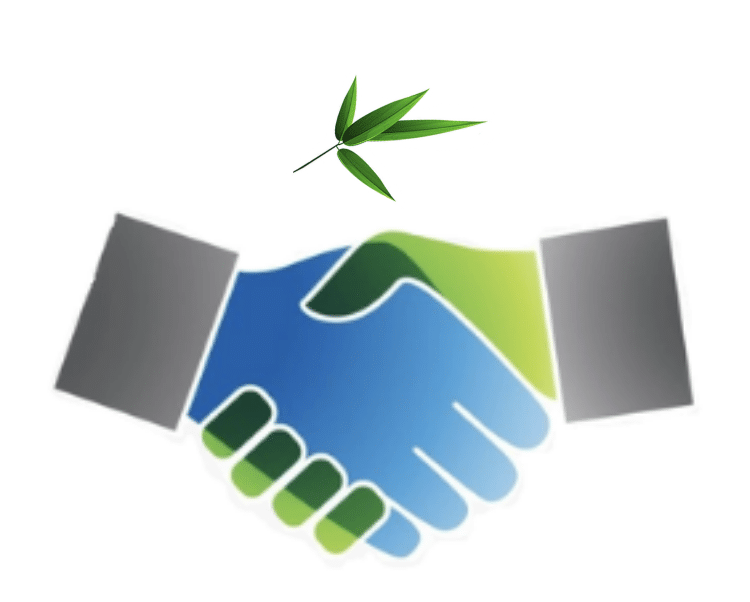As global communication continues to evolve, breaking down language barriers is more important than ever. Artificial Intelligence (AI) has emerged as a solution to this problem through AI translation. This technology leverages machine learning, natural language processing, and advanced AI technologies to translate text from one language to another quickly and accurately. However, while AI translation has made significant progress in recent years, there are still many challenges that must be
 overcome to ensure its reliability and accuracy.
overcome to ensure its reliability and accuracy.
Challenges that AI translation faces
- Ambiguity of language: One of the most notable challenges that AI translation faces is the inherent ambiguity of language. Words and phrases can have multiple meanings, and the correct translation often depends on context. While AI models have improved in recent years, there is still a long way to go in understanding and accurately translating idiomatic expressions and cultural nuances.
- Domain-specific language: Another significant challenge is the use of domain-specific language. Technical jargon, for example, requires specialized knowledge and context, which may not be adequately captured in general language training data. Tailored AI models that take industry-specific language into account can vastly improve the accuracy of translations.
- Data quality: The quality of AI translations is highly dependent on the quality of the underlying data used to train the models. In some cases, there may be limited amounts of data available for specific languages or topics, which can limit the accuracy of translations.
- Ethical concerns: AI translation also raises ethical concerns around privacy and data security when translating sensitive or confidential information. There is also the potential for bias in translation, reflecting the underlying biases and assumptions of the training data and the AI developers.
Then, what should we do?
Facing these challenges, what could we do and consider to improve the quality of AI translation? There are 2 things for us to concern about: Quality assurance & Cost.
- Quality assurance methods: Effective quality assurance methods, such as post-editing by human translators, domain-specific training data, continuous improvement AI models, quality evaluation metrics, and human oversight, can go a long way in ensuring high-quality translations with AI.
- Cost of using AI in translation: Although AI translation can be more cost-effective than human translation, implementing and maintaining AI translation systems can come with a high cost. This can be especially difficult for small or medium-sized businesses that may not have the resources required to invest in the technology and infrastructure necessary to develop and maintain efficient AI translation systems. In light of this, businesses must carefully weigh the tradeoffs and decide whether the cost-benefits of using AI translation outweigh those of human translation.
What is the future of AI in Translation?
Despite the progress that has been made in recent years, AI translation until now cannot fully replace human translators. Humans are capable of understanding the nuances of language and expressions more accurately than machines, and their experience in translating for various audiences cannot be matched by AI.
Overall, the future of AI in translation is bright, and we can anticipate significant developments in this field over the next several years. As AI technologies continue to advance, they will play an even more integral role in breaking down language barriers worldwide. An rather than replacing human translators altogether, AI translation systems will likely be used collaboratively with human translators, allowing machines and humans to combine their strengths for more efficient and effective translations.

